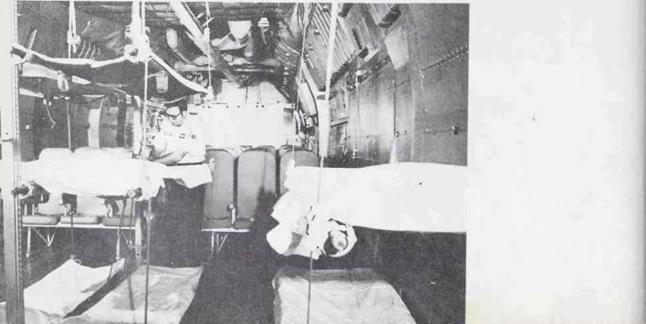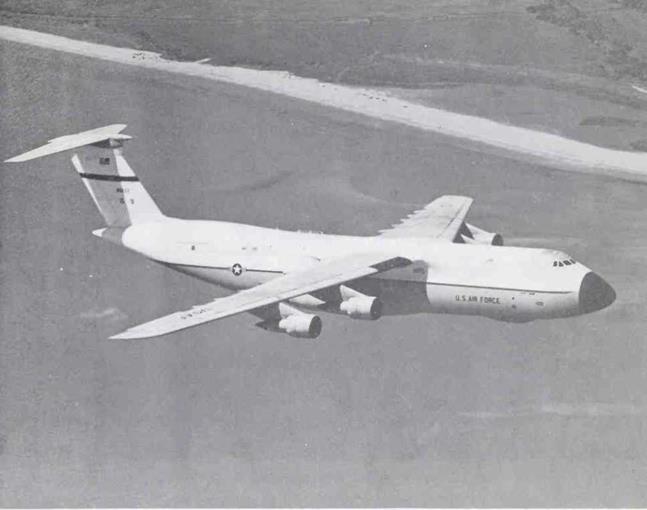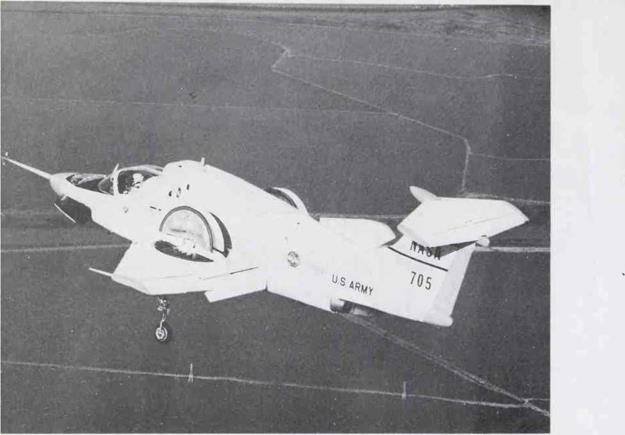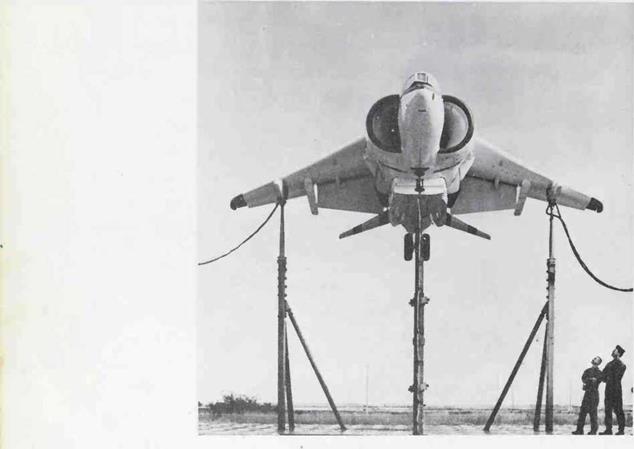TRANSPORTS
A military air transport is an aircraft designed for the movement of cargo and passengers. Transports usually have the capability of being modified so they can be used for special missions. For example, the photo below shows the interior of a C-141 modified to provide litters, oxygen equipment, and the facilities necessary for the air evacuation of wounded.

A Lockheed C-141 Starlifter is shown in the photo on the opposite page. The Military Airlift Command began using these planes in 1963. The C-141 has a maximum takeoff weight of around 320,000 pounds. Today the C-141 is used primarily for carrying troops.

The C-141 has a 145-foot fuselage. It has a wingspan of 160 feet. The T-tail stands 39 feet high. The C-141 has four fanjet engines. Each of the engines develops 21,000 pounds of thrust, which allow the C-141 to cruise at more than 500 miles per hour.
The C-141 can carry troops in airline-type seats. Study the photo of the C-141 interior on the opposite page. There are seven rows of airline-type seats behind the litters.
The C-141 was the first pure jet aircraft specifically designed and built to meet military standards as a troop and cargo carrier. This four-engine, T-tailed jet regularly flies nonstop from Dover Air Foce Base in Delaware to Germany. It can fly nonstop from San Francisco to Tokyo.
The gigantic С-5 Galaxy, put into service in 1970, is modeled after the C-141. But it is much larger than the C-141. The C-5, for example, has a maximum takeoff weight of 760,000 pounds. This is almost two and one-half times greater than the C-141S takeoff weight.
The C-5 is just about 248 feet long. It has a wingspan of almost 223 feet. The T-tail of the C-5 reaches 65 feet into the air.
The C-5 has unique front and rear cargo openings. The visor-nose opening at the front of the plane can be seen in the lower photo on the opposite page. The cargo compartment is 121 feet long, 13.5 feet high, and 19 feet wide. The C-s’s cargo floor area is triple that of the C-141 Starlifter. And the volume of the C~5’s cargo hold is four and one-half times larger than that of the C-141.
The C-5 does not carry troops in the cargo compartment. The second story or upper deck, however, has seventy-three seats that are in a rear compartment. Drivers and operators of equipment being airlifted use the seats available in the rear compartment on the upper deck. The forward compartment on the upper deck has accommodations for a six-man crew, a six-man relief crew, and eight couriers. The flight deck, of course, has the work stations for the crew.
Four jet engines are mounted on pylons beneath the wing. The average cruise speed of the C-5 is 520 miles per hour. The Galaxy flies above 35,000 feet and has a range of 6,300 miles with 100,000 pounds of cargo. The maximum load it can carry is 255,000 pounds.
|
|
|
|
|
|
|
|














